A friend sent me a text asking how I practice minimalism when homeschooling.
I thought this was such a great question to answer in a post.
Minimalism is so second nature to me at this point that I don't pause to think about just how many ways our family does incorporate it into learning.
Here are 20+ Ways to Practice Minimalism When Homeschooling that have worked for us over the years.
20+ Ways to Practice Minimalism When Homeschooling
Our family embraces Montessori and minimalism.
The first 10+ tips on this list are related to our Montessori homeschooling experience, but can be applied to any method of learning.
Ways to Practice Minimalism When Homeschooling Using the Montessori Method
1. Use clear glass and/or plastic containers.
In a Montessori classroom containers are used to store materials on trays for children to use.
It can be very easy to purchase all types of containers in every color for every season and holiday.
Clear glass containers can work any time of year.
When using clear containers, the work is the decor and becomes appealing to the child.
When beautiful work is used, the children will be attracted to it.
Containers can be used in all classroom settings, not just Montessori. Choosing clear containers always provides more flexibility of use and saves space.
2. Use natural wood or metal trays.
In a Montessori preschool and in some elementary classrooms, work is stored on trays in the classroom.
It can be easy to want to purchase various types of trays in multiple colors and designs.
Simple wooden and metal trays can be used with any unit, season, and or holiday.
When trays can be used again and again, you need less of them.
The beauty comes from the work on the tray, which is then inviting to the child.
In classrooms that are not Montessori, it can be easy to want decor and storage in multiple colors and designs.
Choosing simple and basic decor and storage, provides opportunities for less in the future.
3. Create one tray of each work for children to share and take turns with.
In a Montessori classroom trays of work are created for children to use while learning.
In some cases multiple trays with the same or similar activities are created.
This is unnecessary, especially in a homeschool environment.
Create one activity that can be rotated and shared by all in the classroom.
Rotating work means less to store and less materials used.
This principle of taking turns and sharing work can be applied to many forms of learning.
4. Use sheet protectors or laminating paper to ensure paper materials can be used again and again.
In all learning environments, paper materials last so much longer when protected by a plastic surface.
We tend to use laminating paper or sheet protectors.
They can be shared.
Instead of using pencils and pens, consider crayons and markers for white boards.
They work very well with sheet protectors and laminating paper.
5. Only purchase materials your child is ready for and shows an interest in.
When using the Montessori Method there are a lot of materials you can collect over time.
Each child is different, developing at a different pace, which means not all children will use every single material, especially in a home school environment.
When homeschooling, only order Montessori items related to subjects and themes your child is interested in and ready to pursue.
This principle can also be applied to non Montessori classroom settings.
If the child isn't showing interest and basic skill sets necessary to use a material, don't purchase it.
6. Use a Montessori Binder if storage and shelfing are not available.
In a Montessori learning environment there are often shelves filled with Montessori materials and work activities.
You don't need shelves at all.
If you have very little space for storage of learning materials or want to minimize space you're using, consider a Montessori Binder.
We used this method with our youngest as she couldn't handle the overwhelm of so many shelves with materials and work activities.
It worked beautifully.
A homeschooling binder can be helpful in all homeschooling settings, not just Montessori.
7. Reuse household items as markers and counters in activities.
In a Montessori classroom so many tiny items are used as markers and counters.
This can also be true in homeschool settings that aren't Montessori.
Instead of collecting so many items, utilize items you have around your home already.
This can mean reusing bottle caps, tiny toys, or other objects.
8. Thrift shop for trays, baskets, containers and other items.
Montessori and other homeschooling methods can be extremely expensive, especially as you try to obtain all items that others feel are necessary to be successful.
The truth is with any homeschooling method, you can save a ton of money by being thrifty.
Visit your local Salvation Army or other second hand store.
Trays, baskets, containers, and other items are so much cheaper.
Books and learning games can be so inexpensive when you're willing to be thrifty.
9. Minimize shelving by rotating items more frequently.
In a Montessori classroom, work activities and materials are stored on shelves in the classroom.
You can minimize how many shelves you need by choosing to rotate items more frequently in your homeschool environment.
Through observation you will know just how many work activities and materials work best for your child.
In non Montessori learning settings, this technique can also be applied.
Only keep out what your child will use for a specific period of time and then rotate learning resources.
This can be so beneficial to children, especially those with anxiety and who become distracted or overwhelmed easily.
10. Use smaller, more compact versions of materials when possible and when available.
No matter what method of learning you choose for your children, there are items that are large and bulky.
In many cases, smaller versions of these materials may be available.
We have created multiple paper versions of larger Montessori materials to help with this issue.
Ways to Practice Minimalism When Homeschooling Regarding Documentation & Storage
1. Take pictures of favorite projects and store digitally.
I must confess, I really don't keep much of anything when it comes to school work and art projects, unless they're purposeful.
Instead, I take pictures and store them digitally.
It is super easy to take a picture using a phone these days.
If a child or adult wants to remember a project, take a picture and say goodbye to the actual project itself.
There may be some very special papers and art projects that you don't want to part with.
In those cases, put them on display or store them in a portfolio.
2. Create a portfolio of best work in each subject area.
All of my kids have a portfolio that they keep in their rooms.
The portfolio is used to store their best and most favorite school work.
They use a simple three ring binder and remove work when the binder becomes too full.
Photos of larger work can also be stored in the binder.
I love that this portfolio is a reminder of their greatest learning accomplishments and can be shared with anyone they want to.
3. Rotate out books from local libraries.
It is incredibly rare that I purchase books for learning.
Instead I use our local library system.
One does not need to own books and create a library at home.
Use local libraries and other online resources.
Rotate books out each week or month depending on your needs.
Library books can be used for all ages, which saves you money and space.
4. Set a limit for maximum storage capacity when it comes to learning materials and stick to it.
I have a very small amount of storage space in my home, which means it's extremely important that I set limits on how much stuff I'm going to own and keep.
There is no room for more storage bins.
And even if there was, I would not want to add more stuff to our home.
I use the storage bins I have, and only those.
If storage bins or spaces are at maximum capacity, instead of buying more storage items, I sort through and get rid of items to make room for new ones.
I can't begin to express how much this helps me stay organized.
5. Remember you don't need everything, just the basics will work just fine.
It can be so easy to want everything to enhance the learning experience.
But the truth is more stuff means more overwhelm during the learning process.
When I'm in a mood to buy learning materials, I always find the same set of rules.
If I can't figure out how to use an item in a way that benefits my children, I won't buy it.
If I can think of how to use the item I move onto my next rule.
Where am I going to store the item when not in use?
If I can't think of a place to store the item, I don't buy it.
If I can think of a place to store it, I move on to my third rule.
Next I ask myself if I can use the item more than once.
If I can't use it more than once, I don't buy it.
Items that pass all three screening rules or questions, I choose to buy.
If the item is an online purchase, I wait until the next day to make the purchase, to see if I feel the same way about it.
Ways to Practice Minimalism When Homeschooling Regarding School Work
1. Only create art that is purposeful.
Arts and crafts can create a lot of extra stuff lying around.
In our home, I try to only choose art and craft projects that are purposeful and can be used.
If the final product isn't going to be used in some way, I don't choose the activity.
Sunshine loves to decorate her room.
Valentine's Day Crafts for Kids
So many of her arts and crafts projects are ways she chooses to do so that are FREE.
She also loves to accessorize.
Other arts and crafts projects are related to making more accessories for her to wear and enjoy.
At times she may see an arts and crafts project that she wants to use as a toy or an object in imaginary play.
In those situations I follow her lead, to ensure the final product will be used.
2. Utilize white boards to cut down on paper use.
In our classroom, we rarely ever use sheets of paper.
The only times my kids use paper is for writing papers or taking tests (high school).
When the kids were young we'd also use
crayons designed for white boards.
It is incredible how much money and space is saved without the use of paper.
3. Share textbooks.
Now that the kids are in middle school and high school, text books are a part of learning.
Keeping with Montessori and minimalism principles, I only purchase one of each text book, even though three kids are using them.
A small shelf stores textbooks.
When one of the kids finishes using one, he puts it back, so the next person can use it.
This practice saves us so much money and space.
4. Use only a notebook and folder for each subject.
Ever since the kids were able to write and take notes, they use one
notebook and
one folder for each subject.
Bulldozer tends to only use one folder total as it takes too much effort to sort them out by subject.
Utilizing notebooks and folders is a great reminder to me not to use extra paper unless absolutely necessary.
All of the kids work is done in their notebooks (unless on the computer) or on white boards.
The kids only have to keep track of their notebooks and folders.
We store them on a shelf in our dining room.
5. Laminate work task lists so the same one can be used by each child over and over again.
Before the kids were old enough to use
planners, I provided task lists for them to keep track of their work.
Laminating these task lists helped so much in minimizing paper use.
The kids could use white board markers to mark off their work, reusing the sheet everyday.
Ways to Practice Minimalism When Homeschooling Regarding Space
1. Minimize decor and visuals to a minimum.
In our homeschool learning environment, we rarely display items on the wall unless they are useful and purposeful like arts and crafts supplies, books from the library, a calendar, etc.
This helps the kids focus with less distractions.
Minimizing decor also helps to elevate the work tasks in the classroom.
2. Learn where it's most comfortable to do so.
Every child learns differently.
Some prefer a desk and chair.
Others prefer working on the floor.
My kids have always preferred the comfort of our living room couch.
You may need a designated space for storage of learning materials, but you don't necessarily need a space designated for learning.
Use the spaces that you have that provide the most comfort for your kids.
As you can see, there are so many ways to practice minimalism when homeschooling, whether you choose to use Montessori or not.
Do what works best for you!
Minimalism in the classroom may look different for you than it does me.
If you enjoyed this post, you may also like the resources below.



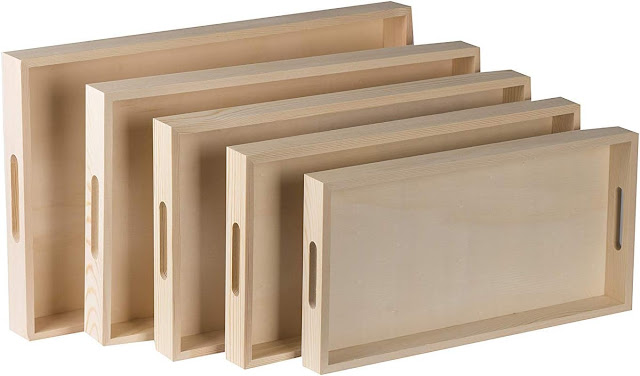

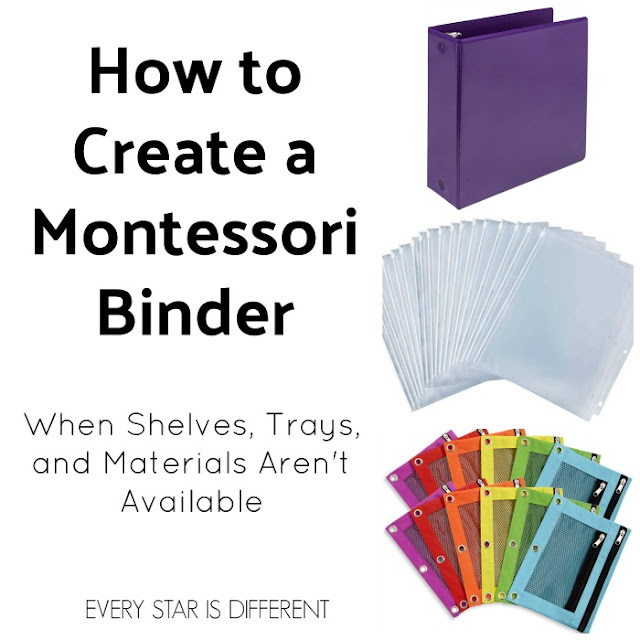




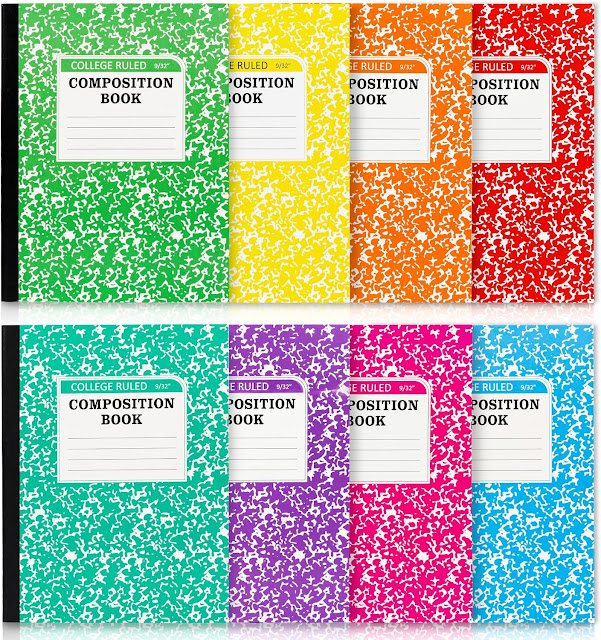
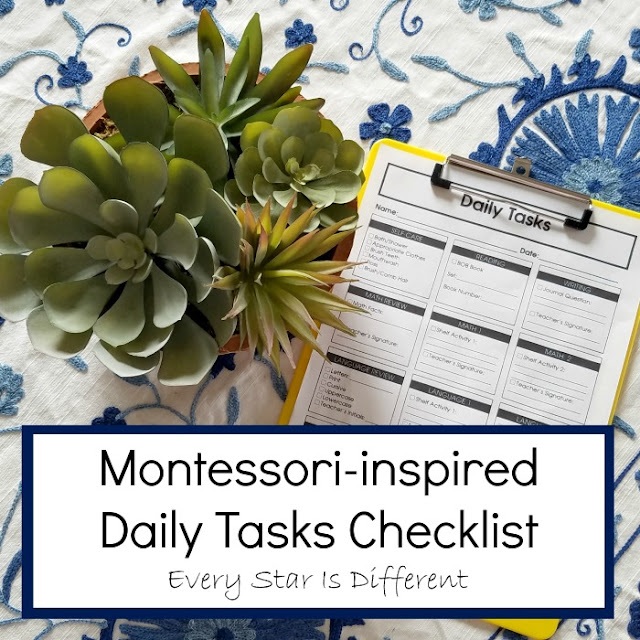
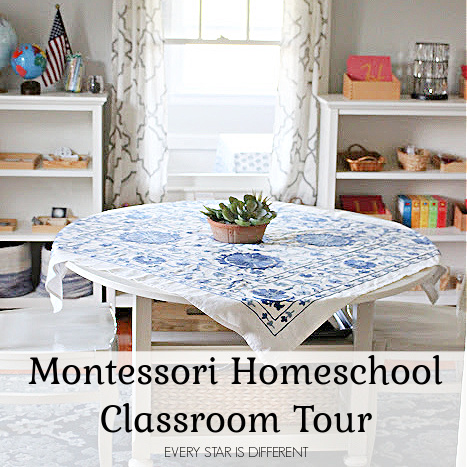






.jpg)
No comments:
Post a Comment